The global plus size clothing market size reached a value of approximately USD 251.77 billion in 2023. This figure reflects the increasing demand for inclusive fashion that caters to diverse body types and sizes. The market is further projected to grow at a compound annual growth rate (CAGR) of 5.30% between 2024 and 2032, reaching a value of USD 400.74 billion by 2032. This growth signals a significant shift in consumer preferences, highlighting the importance of understanding the dynamics of this evolving market. In this blog post, we will explore various aspects of the plus size clothing market, including segmentation, regional trends, competitive landscapes, and future outlook.
Market Overview
The plus size clothing market encompasses a wide range of apparel designed for individuals who wear sizes beyond the traditional sizing spectrum. Historically, this segment has been underserved, but recent years have seen a surge in demand, driven by changing societal norms, increased body positivity, and a growing awareness among brands of the need for inclusivity. The rise of social media and influential body-positive advocates has also played a crucial role in reshaping perceptions about body image and fashion.
Several factors contribute to the market’s growth, including an increase in obesity rates globally, evolving fashion trends, and greater availability of stylish options. As consumers become more health-conscious, they are seeking apparel that aligns with their lifestyle, making it essential for brands to innovate and offer trendy yet comfortable clothing.
Market Segmentation
A. By Type
The market can be segmented into several categories, including casual wear, formal wear, sportswear, and others.
Casual Wear is one of the most popular segments within the plus size market. With a focus on comfort and style, brands are increasingly offering a variety of casual options, such as t-shirts, jeans, and dresses. Key players in this segment, such as ASOS, Torrid, and Lane Bryant, are setting trends that resonate with consumers seeking fashionable yet functional pieces.
Formal Wear has also gained traction, with many brands recognizing the need for elegant options for plus-size individuals. This segment includes dresses, suits, and business attire, and it has seen innovative designs that cater to the modern professional.
Sportswear is experiencing significant growth as more consumers prioritize fitness and active lifestyles. This segment includes athleisure, workout gear, and performance apparel designed for larger body types. Notable brands like Nike and Adidas have expanded their offerings to include stylish and functional sportswear for plus-size customers.
B. By Gender
The market is further divided by gender, primarily focusing on male and female consumers.
Male plus-size clothing has historically been less emphasized than female offerings, but this trend is changing. Brands are recognizing the demand for stylish and comfortable clothing for larger men, leading to a broader range of options in casual, formal, and sportswear categories.
Female clothing dominates the market, accounting for a significant share due to higher consumer spending and a wider variety of available styles.
C. By Size
The size breakdown of the plus-size clothing market includes categories such as XL, 2XL, 3XL, 4XL, and others. As more brands expand their size ranges, the availability of clothing options in these categories is increasing.
D. By Age Group
The market also segments by age, covering groups such as:
- Below 15 Years: Young consumers are increasingly aware of fashion, driving demand for stylish and age-appropriate clothing options in larger sizes.
- 16 to 30 Years: This demographic represents a significant market share, with young adults seeking trendy and affordable options that reflect their personal style.
- 31 to 59 Years: This age group often prioritizes comfort and style, leading to a diverse range of options that cater to professional and casual settings.
- 60 Years and Above: As the older population becomes more fashion-conscious, brands are designing elegant and comfortable clothing that meets their needs.
E. By Price
Price is another critical factor in the market. The rise of fast fashion has led to an influx of affordable plus-size clothing, while luxury brands are also entering the market, offering high-end options that prioritize quality and design.
F. By Sales Channel
The sales channels for plus-size clothing include online and offline retailers.
Online Sales have seen explosive growth, particularly due to the pandemic. E-commerce platforms provide consumers with greater access to a wide variety of styles, making it easier to find the perfect fit. Brands that excel in online retail are leveraging social media and influencer partnerships to reach a broader audience.
Offline Sales continue to hold relevance, with physical stores offering the opportunity for customers to try on clothing before purchasing. Many retailers are now adopting hybrid models, combining the best of both worlds to enhance the shopping experience.
Regional Analysis
The plus-size clothing market exhibits varying characteristics across different regions.
North America holds a significant market share, driven by a robust demand for diverse sizing options and an increasing number of brands catering to this demographic. The rise of body positivity movements has also fueled growth in this region.
Europe is witnessing similar trends, with many brands focusing on inclusivity and fashion-forward designs. The demand for stylish plus-size clothing is growing, particularly in countries like the UK, France, and Germany.
Asia-Pacific is an emerging market for plus-size clothing, with increasing urbanization and changing lifestyles contributing to greater awareness and demand. As brands enter this market, there are significant growth opportunities for tailored offerings that resonate with local consumers.
Latin America and the Middle East & Africa are also experiencing growth in the plus-size segment, albeit at a slower pace. However, with increasing internet penetration and a rise in e-commerce, these regions present untapped potential for brands looking to expand their reach.
Competitive Landscape
The competitive landscape of the plus-size clothing market is marked by several key players, including ASOS, Torrid, Lane Bryant, Nike, and more. These brands are not only focusing on expanding their product lines but also on enhancing customer engagement through targeted marketing and community building.
Innovation is crucial in this segment, with brands continually seeking ways to differentiate themselves. Many are adopting sustainable practices and collaborating with influencers and designers who promote body positivity, further strengthening their market presence.
Future Outlook: 2024-2032
Looking ahead, the plus-size clothing market is poised for significant growth. The projected CAGR of 5.30% indicates that brands will need to stay agile and responsive to changing consumer preferences. Emerging trends such as the emphasis on sustainability, technology integration in shopping experiences, and further diversification of product offerings will shape the future of the market.

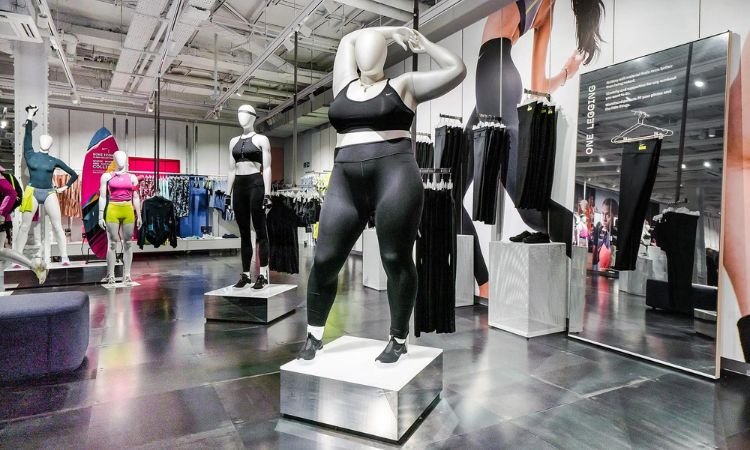
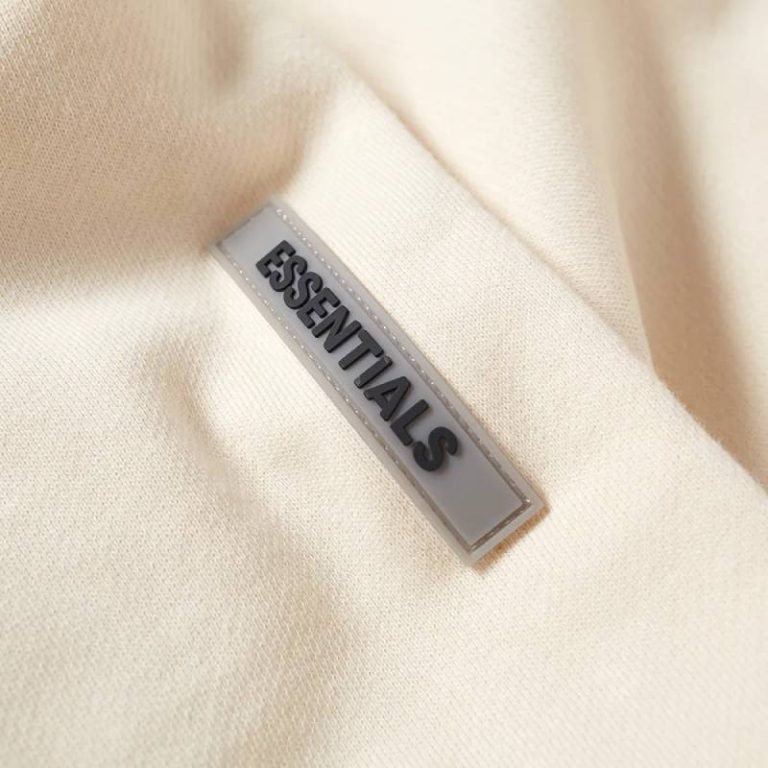
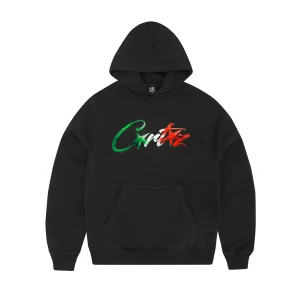
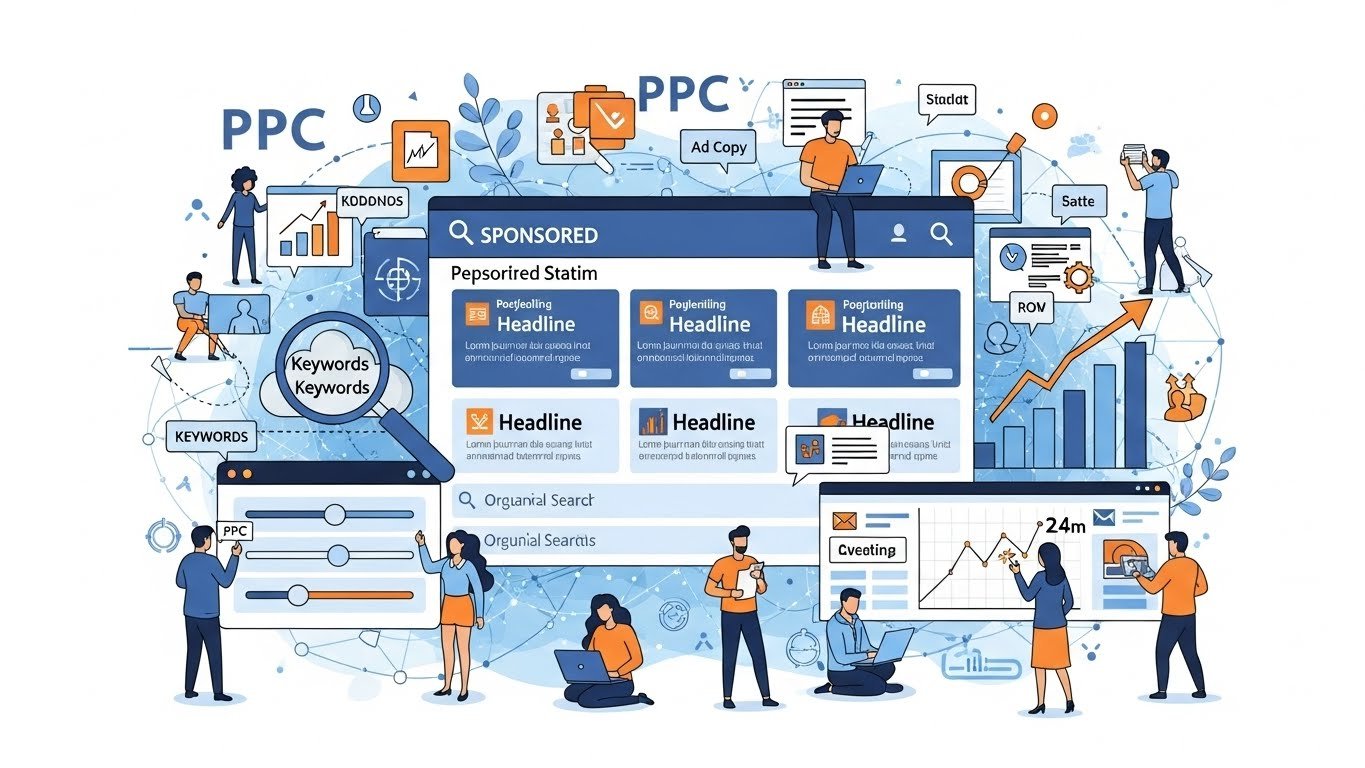



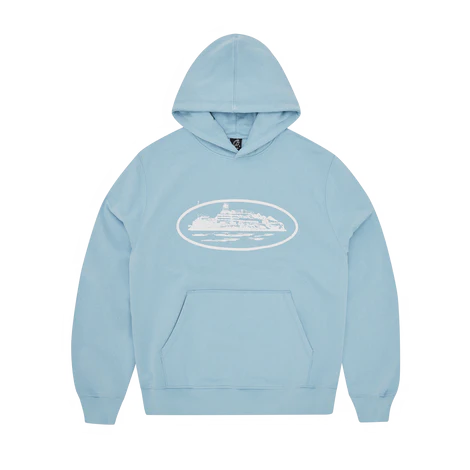


Leave a Reply